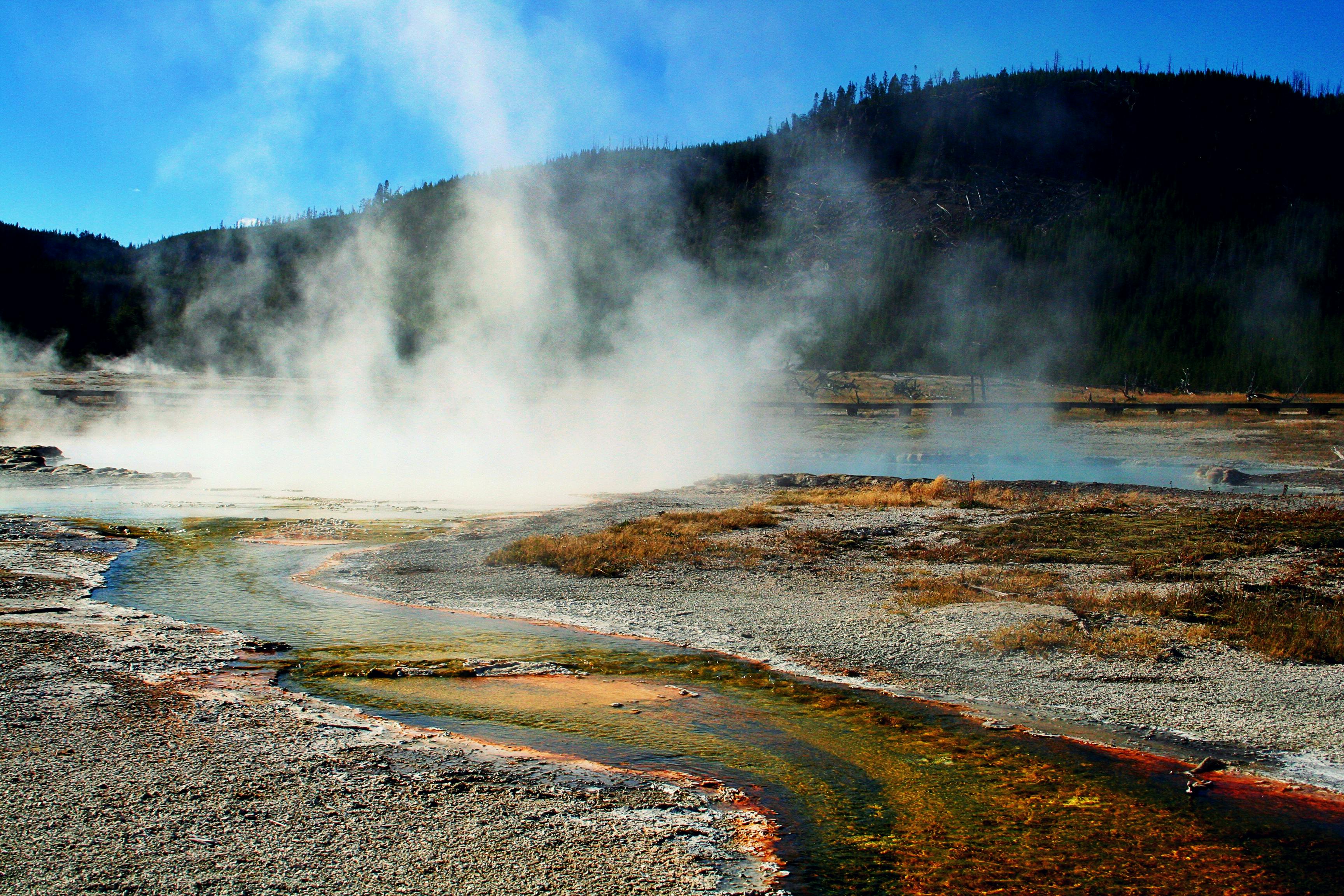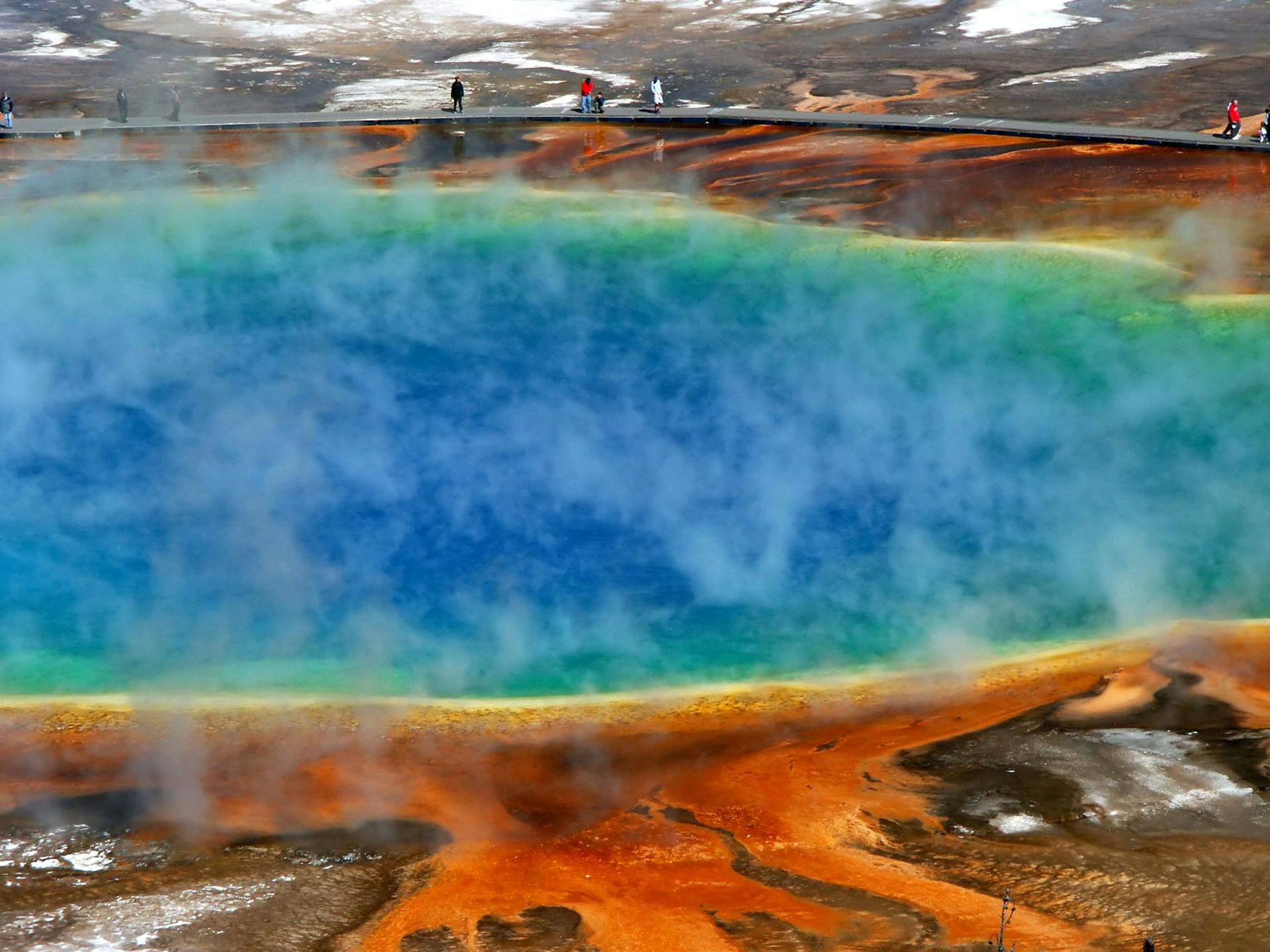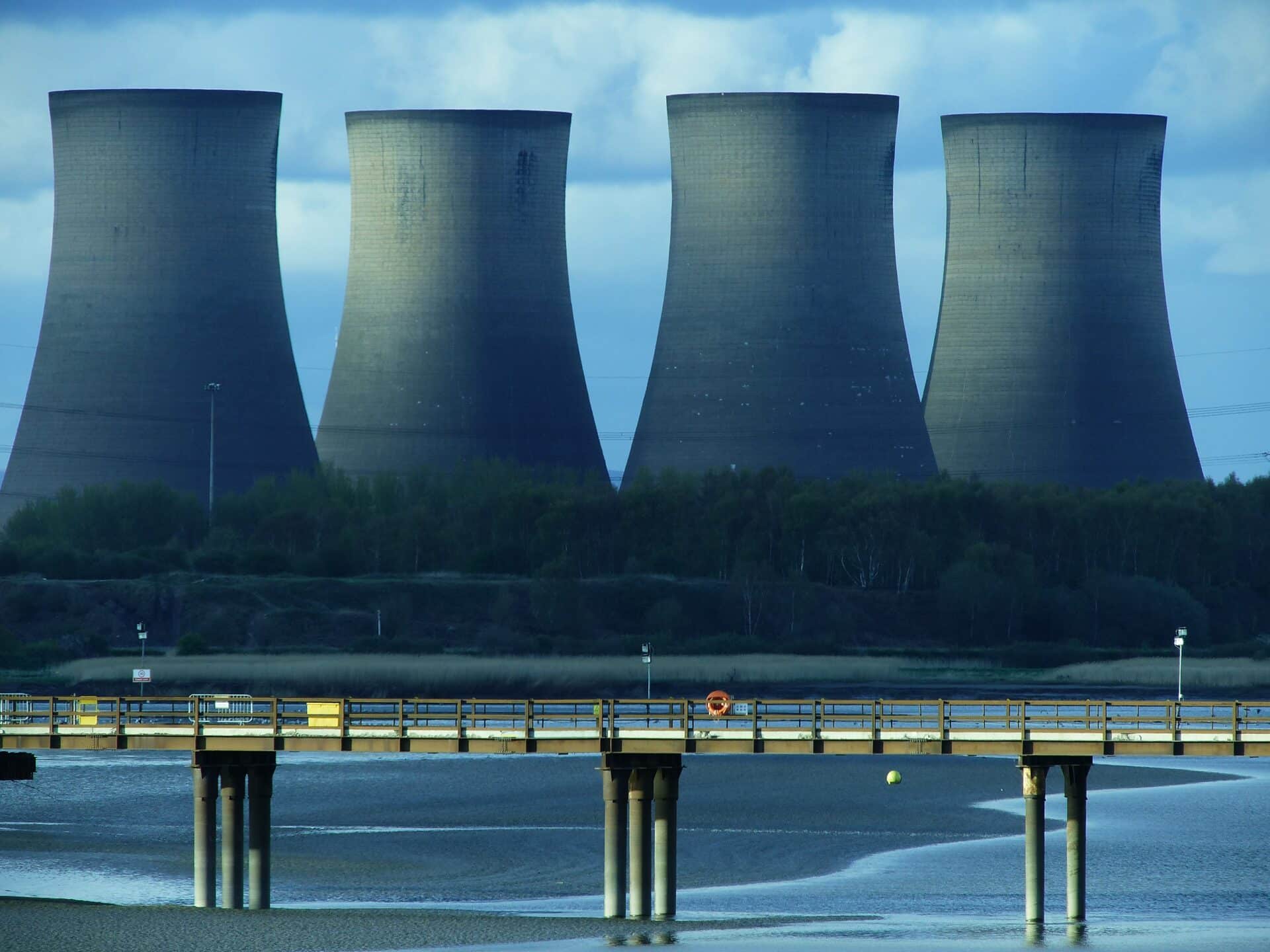Steam distilled water is a type of purified water that is produced through the process of distillation. It involves boiling the water to produce steam and then collecting the condensation from the steam in a separate container. This process removes impurities, such as minerals, metals, and other contaminants, resulting in pure water. Steam distilled water is often used in medical equipment and laboratories because it is free from impurities and safe for use in sensitive applications.Steam distilled water is water that has been heated to evaporate, then condensed back into liquid form. This process removes impurities, such as heavy metals, bacteria, and other particulate matter from the water. The end result is a pure and safe drinking water. Steam distilled water is often used for medical purposes, such as when preparing intravenous solutions for hospital patients.
What Is the Process of Steam Distillation?
Steam distillation is a process of separating compounds or materials by using steam. The process works by heating the material until the desired compound vaporizes, then capturing and condensing the vapor into a liquid form. This process is commonly used to produce essential oils, which are highly concentrated extracts of plant-based materials. Steam distillation can also be used to separate mixtures of liquids that are not miscible with each other, such as water and oil. In this case, the vapor from one liquid is condensed and collected, while the other liquid remains behind in the container.
The steam distillation process begins by heating a mixture of compounds in a closed container. As the mixture heats up, some of its components will begin to vaporize. The resulting steam is then passed through a cooling system where it condenses back into a liquid state. This condensed liquid is then collected for further processing or use. Depending on the desired end product, this liquid may need to be filtered and further processed before it can be used.
Steam distillation is an effective method for separating volatile compounds because it allows them to be captured without degrading their chemical structure. It also has several other advantages that make it desirable for some applications: it uses relatively low temperatures compared to other separation techniques; requires minimal energy input; and produces no hazardous waste products. Additionally, steam distillation can be used for large-scale operations as well as small-scale laboratory experiments.
What is Steam Distillation?
Steam distillation is a process of separating and purifying compounds in which steam is used to vaporize volatile components of a mixture. It works by boiling the mixture at a lower temperature than the boiling points of its individual components, allowing them to be distilled off as separate liquids. Steam distillation can be used to isolate essential oils from plant material, and it can also be used to separate other volatile compounds such as alcohols, acids, and bases. It is one of the oldest methods of distillation and has been used for centuries to produce essential oils and perfumes.
How Does Steam Distillation Work?
Steam distillation works by using steam created from boiling water to vaporize certain components in a mixture. This vaporized steam passes through the mixture, carrying away volatile compounds from the mixture into an adjoining chamber. The condensed vapor is then collected in a condenser where it cools and becomes liquid once again. This liquid contains both the water from the steam, as well as any volatile compounds that were carried away during distillation. The liquid can then be collected in a container for further processing or use.
The key advantage of steam distillation is that it allows for separation of components without having to boil them at their individual boiling points. This means that more delicate compounds can be separated without being damaged or destroyed by heat. It also means that multiple components can be separated at once, making it an effective method for separating complex mixtures such as essential oils from plants.
The Benefits of Steam Distilled Water
Steam distilled water is a type of water that has been purified through the process of distillation. It is widely considered to be the purest form of drinking water available, as it removes all impurities, including minerals, salts, and other contaminants. The benefits of steam distilled water are numerous and include improved taste, better absorption of minerals and vitamins, and improved hydration. Here are a few more advantages to consider when looking for a pure source of drinking water.
One advantage of steam distilled water is that it has a much lower mineral content than other types of drinking water. This makes it easier for the body to absorb vitamins and minerals from food sources, which can help improve overall health. In addition, many people find that steam distilled water has a smoother taste than other types of bottled or filtered water.
Another benefit to steam distilled water is its high levels of purity. Unlike other types of drinking water that may contain bacteria or chemicals such as chlorine and fluoride, steam distilled water has been thoroughly purified to remove all impurities. This ensures that the consumer is getting only clean drinking water without any unwanted additives or contaminants.
Finally, steam distilled water is good for hydration because it does not contain any added salts or minerals that can make it difficult for the body to absorb liquids quickly. This type of purified drinking water helps keep the body hydrated without adding any unnecessary minerals or salts that can cause dehydration. It can also help reduce cravings for unhealthy snacks since it doesn’t contain added sugar or salt.
In conclusion, steam distilled water offers many benefits over other types of purified drinking waters. Not only does it have a smoother taste than most bottled waters but it also provides better absorption of vitamins and minerals and improved hydration levels due to its low mineral content. For those looking for an easy way to get access to clean drinking water with no added chemicals or impurities, steam distilled water may be just what they need!
Uses for Steam Distilled Water
Steam distilled water is water that has been vaporized into steam and then condensed back into liquid form. It is often used in a variety of applications, ranging from drinking water to industrial processes. Steam distilled water has a number of advantages over other types of water, such as being free of impurities, having a consistent taste and being easy to store. Here are some of the most common uses for steam distilled water:
1. Drinking Water – Steam distilled water is one of the purest forms of drinking water available, making it an ideal choice for those who are looking to reduce their intake of pollutants and chemicals. It’s also incredibly easy to store and transport, making it ideal for camping trips or other outdoor activities where access to clean drinking water is limited.
2. Cooking – Steam distilled water can be used in cooking as well, as it can help reduce the amount of impurities present in food. This is especially important when cooking with high heat, as some minerals present in tap or filtered water can become concentrated when heated.
3. Industrial Uses – Industries such as pharmaceuticals, electronics manufacturing and chemical processing often require highly purified forms of water for their processes and products. Steam distilled water meets the requirements for these industries due to its lack of impurities and its ability to easily be stored and transported without risk of contamination.
Overall, steam distilled water has many uses due to its purity and ease-of-use. Whether you’re looking for a reliable source of drinking water or need a cleaner form for industrial processes, steam distilled water can provide an excellent solution.

Advantages of Steam Distilled Water
Steam distilled water is an increasingly popular method of obtaining high-quality drinking water. This process involves boiling the water and collecting the steam, which is then condensed into a liquid form. There are several advantages to using steam distilled water, including its purity, safety, and convenience.
One of the primary benefits of steam distilled water is its purity. This process eliminates impurities such as minerals, chemicals, and other pollutants from the water. This makes it much safer to drink than tap or well water that may contain contaminants that could be harmful to your health. Steam distilled water also has a neutral pH level which makes it suitable for both hot and cold beverages.
Another advantage of using steam distilled water is its safety. Since this process removes contaminants from the water, it reduces the risk of illness caused by consuming contaminated drinking water. Furthermore, since this process does not use chemicals or other additives, there are no artificial substances present in the final product. This means that you can rest assured that your drinking water is free from any potential health risks associated with chemical contamination.
Finally, steam distilled water is also very convenient to use. You can purchase ready-made distilled bottles or simply make your own using a home distiller machine. Additionally, since this process does not involve any harsh chemicals or additives, it is an environmentally friendly option for obtaining safe drinking water.
Advantages of Steam Distilled Water
Steam distilled water has several advantages. It is free from impurities, such as chemicals, heavy metals, and other contaminants. This makes it ideal for those who prefer to drink pure water. Additionally, steam distilled water does not contain any minerals or salts, making it great for people who are on a low-sodium diet. It also has a neutral taste and odorless quality that some find appealing. Furthermore, steam distilled water is typically more affordable than other forms of bottled or filtered water.
Disadvantages of Steam Distilled Water
Despite its advantages, steam distilled water does have some drawbacks. For one thing, it has been stripped of all its natural minerals and electrolytes that are found in other kinds of bottled or filtered water. This means that the body has to work harder to absorb the minerals and electrolytes that are needed for hydration and other bodily functions. Additionally, some people may find the taste of steam distilled water to be bland or even unpleasant due to its lack of natural minerals and salts. Finally, it is not readily available in all areas as it must be specially made through distillation processes.
Steam Distilled Water Quality Standards
Steam distilled water is a pure and clean form of water, which is free from minerals, contaminants and other impurities. It is also known as deionized or demineralized water. Steam distilled water has to meet certain standards in order to be considered safe for human consumption. These standards are set by the World Health Organization (WHO) and the US Environmental Protection Agency (EPA). The WHO sets the maximum levels of dissolved solids such as minerals, metals and other contaminants at 5 parts per million (ppm) for drinking water. The EPA sets its own standard at 500 parts per billion (ppb).
To ensure that steam distilled water meets these standards, it must be produced using a process known as distillation. During this process, steam is passed through a container of water to remove impurities. The resulting steam vapor is then condensed back into pure liquid form. This process removes almost all of the dissolved solids in the source water, leaving only trace amounts of trace minerals and other contaminants behind.
The quality of steam distilled water can also be affected by the type of materials used in the distillation process. The distillation equipment must be made from material that does not leach any impurities into the finished product. In addition, it must also be able to withstand high temperatures during operation without releasing any toxins into the end product.
To ensure that steam distilled water meets all applicable quality standards, it should be tested regularly by an independent laboratory. This testing should include tests for total dissolved solids (TDS), bacteria, viruses and other contaminants. Once these tests have been carried out, the results should be compared to established standards and any discrepancies should be rectified immediately.
Finally, it is important to note that even though steam distilled water meets all applicable quality standards, it still needs to be stored correctly in order to maintain its purity over time. Steam distilled water should always be kept away from direct sunlight or sources of heat and should never be frozen or heated beyond room temperature before use.

Conclusion
Steam distilled water is an incredibly pure form of water that is produced through the distillation process. It has a low mineral content and is free of impurities, making it a popular choice for drinking, cooking, and even medical purposes. Additionally, steam distilled water can also be used in a variety of industrial applications due to its cleanliness and lack of contaminants.
Overall, steam distilled water is an excellent choice for anyone looking for clean and pure drinking water or for any other application requiring ultra-pure water. Its purity and low mineral content make it one of the most popular forms of purified water available.

